
Hosted by Web created with:   |
Intro
How it works
ServletSpeedster is meant to handle the requests
that your servlet/jsp makes to get it's cacheable subparts.
While non cacheable content should be called directly, the cacheable output should be requested from ServletSpeedster. Each time you ask for a cacheable subpart of a page from ServletSpeedster it looks up if the cached version is up to date and servers either a new output(if cache is invalid) or the cached output (if the cache is valid). The following drawings will explain the idea. The quality of the images is not quite the top but i tried to size them down as much as possible to make the page load quickly. Part your servlet into reasonable components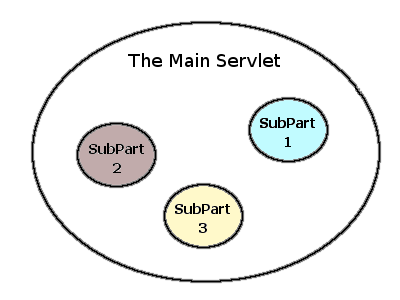 See how the cache really works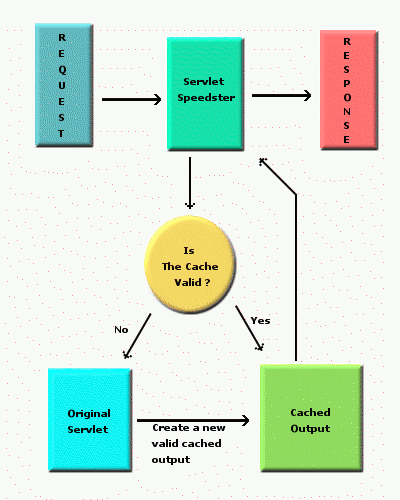 Consider your choice of caching rule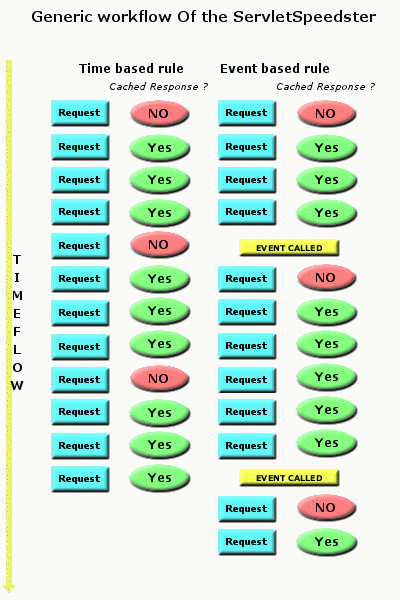 Try to imagine your site as parts before writing anything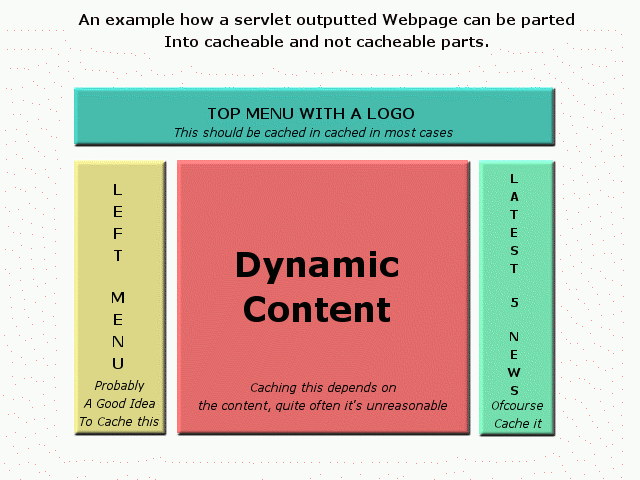 If you create a EJB based (web) application, this is the idea there.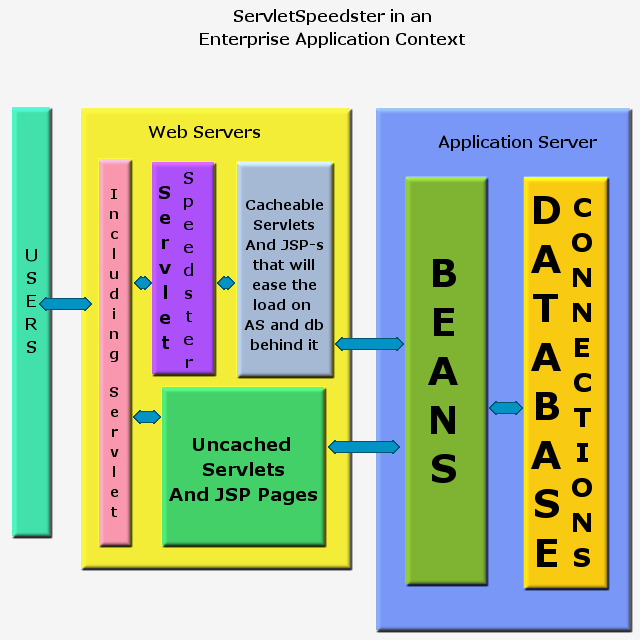 How does the necessary code look
If you have already splitted up your jsp/servlet page the original
codeblock there should probably look like this
or this<jsp:include page="/somepath"/>
All you need to do now is to change the "somepath" into a path
that is bound to the SpeedsterServlet that is ordered to cache
the specific part of the page.A good habbit could be that all the cached subpages could be hidden behind a path /cached/ so you can deny access to them from outside of the servlet engine. What can included subpages do ?Subpages Can Subpages Can Not |